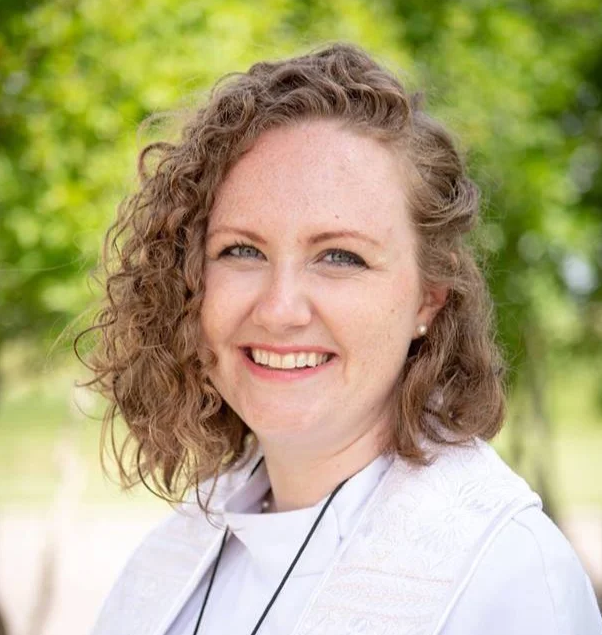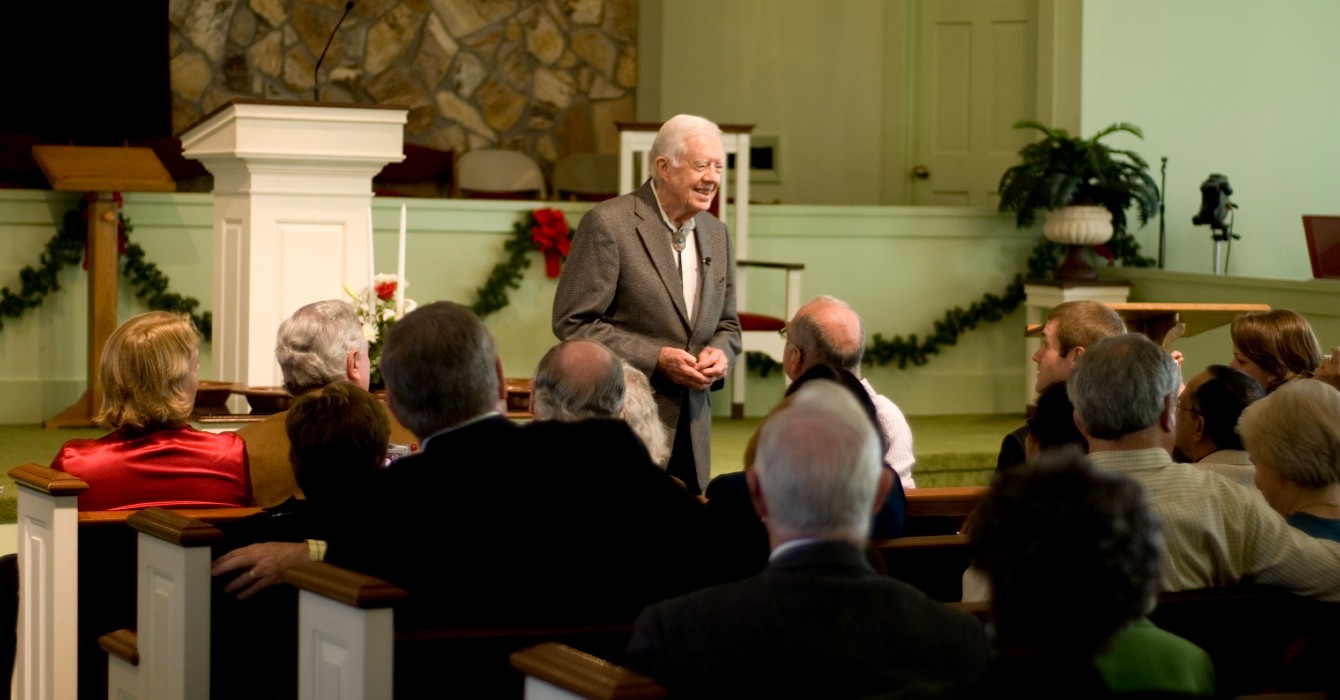The Rev. Lorrin Radzik graduated from seminary ready to grow the church. Her new congregation excitedly welcomed her, expecting a young, new pastor to turn around their numerical decline.
Instead, after a short time, half the congregation left, and those who stayed made the difficult choice to conclude the church’s ministry. Just nine months after arriving, 25-year-old Radzik led their final worship service. Looking back, she has said, “I was sent to a church that had already died.”
Radzik’s age, initially considered an asset, was used against her. A top lay leader called her “a stupid little girl.” Others said that she was too young and didn’t know what she was doing. They complained that older clergy never would have been so bold as to lead toward closure.
Radzik tumbled down a “glass cliff,” a term describing the situation of women — especially young women — invited to positions of leadership at high-risk times of organizational crisis or decline. In the church, a “stained-glass cliff” is created when experienced, often male pastors leave or avoid struggling congregations. These churches have uncertain futures and may be on the threshold of concluding public ministry. That’s when, often, they call female clergy or those who are young or recently ordained.
That is what happened to Radzik — and to a growing number of first-career clergywomen who end up having to close or merge churches.
I met Radzik in Young Clergy Women International, a professional network for clergywomen under age 40. As young clergy, we entered ministry trusting in resurrection, even as we saw signs of the death of Christendom all around us. The church that ordained us is financially fragile, and the COVID pandemic accelerated preexisting trends.
Increasing numbers of congregations are facing existential questions, and young clergywomen frequently serve these threshold congregations. Small, struggling churches are willing to hire pastors early in their careers, and the 2020 Faith Communities Today study found that female clergy are “overrepresented in the smallest congregations.”
I connected with Radzik when the congregation I pastored recognized that it was time to choose the next steps. Should we close? Merge? Relocate? Restart? Should we cut staff and go to a part-time pastor? Should we spend down our investments to keep the doors open?
As we discerned the way forward, the underlying question became about faithfulness: Could we take brave steps into the future — even if it meant giving up our own congregational life?
These adaptive questions exhausted me with their intense emotional labor.
It turns out that first-career pastors and clergywomen are not only more likely to serve congregations completing ministry; they are also more likely to face significant challenges and stress from those closures.
Gail Cafferata, the author of “The Last Pastor,” studied clergy who led their congregations through concluding ministry. Cafferata found that gender, age and experience were all significant factors. In her research, women and first-call pastors faced increased challenges and heightened stress in church closures. Clergywomen felt especially lonely and isolated, and they were more likely to be disappointed with colleagues and denominational officials.
This was true for Radzik, and the hurt was immense. She said, “I was super wounded in this process.”
At first, I thought things would be different for me. At 35, I was in my 10th year of full-time ministry. I knew how to approach adaptive challenges, how to be differentiated, how to build consensus and communicate clearly. I was experienced in shepherding grief. But I was still young, and a woman, and I had an unsupportive judicatory. Every step toward merger was more complicated than it needed to be.
I started calling anyone I knew who had been through this kind of process. I had all kinds of questions — from, “Am I a failure?” to, “How do you get rid of 111 years’ worth of stuff in a ginormous building?”
The additional stress and harm have professional implications for women, young people and those early in their careers. According to Cafferata’s findings in “The Last Pastor,” while older clergy took early retirement, younger clergy did not have that option. The clergywomen that Cafferata studied had difficulties finding their next jobs, and they believed that the stigma of closing a church affected their job searches. The lengthy job searches correlated with greater financial strain on women than on men. In the end, according to Cafferata, more than twice as many women as men left parish ministry.
Stress and the rising rate of church closures have a direct impact on clergy retention. Personally, I had to take a break from traditional parish ministry after leading a congregation through merger.
Eventually, I drew on my experience and found new life assisting other clergy in leading their congregations through holy closure. I partnered with Radzik and other young clergy to form the Good Friday Collaborative. Our goal is to prevent spiritual trauma and to reduce harm and stress in pastors and congregations concluding ministry.
By centering the experience of young clergywomen, we believe that we can improve clergy retention rates for “last pastors” of all ages and genders. Through their sacrificial faithfulness to God’s call, these pastors bring needed gifts to the wider church.
Undeterred by her closure experience, Radzik stayed in parish ministry. She spent three years serving another church and then moved home to pastor two small churches. One of those churches felt instantly familiar: the congregants were exhausted, just trying to keep the lights on.
This time, Radzik knew what to do. She began a process of discernment that led to her “standing in front of yet another congregation on another Sunday morning leading their final worship service.” She had led two churches to closure before she turned 30.
Radzik went to seminary to preach the gospel, not to close churches. But her calling to proclaim death and resurrection guided her through the cross and the tomb into a new future. The good news is that no one witnesses death and resurrection without being changed.
As Radzik has put it, “Everything I thought I knew about what God wanted for me and my ministry turned on its head. I had to discover the places where God was creating new life and writing a different story for me.”
At the bottom of the stained-glass cliff, Radzik found gifts of the Holy Spirit. She became deeply skilled at adaptive leadership, grew spiritually, and developed a ministry of accompanying clergy — especially young clergywomen — through this hard and holy process.
Radzik’s experience is true of every “last pastor” we’ve accompanied. Church closure is forging a new generation of church leaders who are able to bring people together, speak the truth and discern God’s way.
We lead congregations to courageous decisions even at great personal and communal sacrifice. We not only preach about life beyond death; we ask the body of Christ to live it out. This witness can transform the whole church.





















